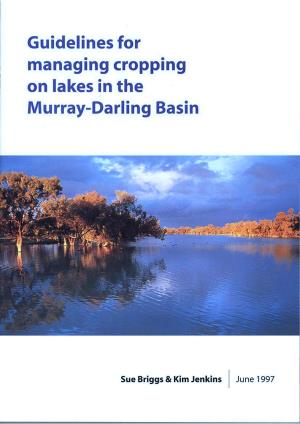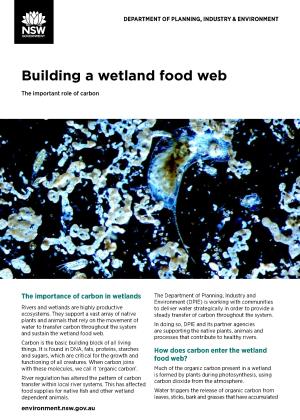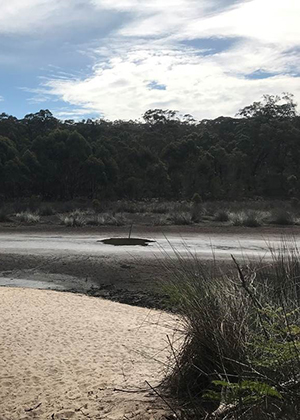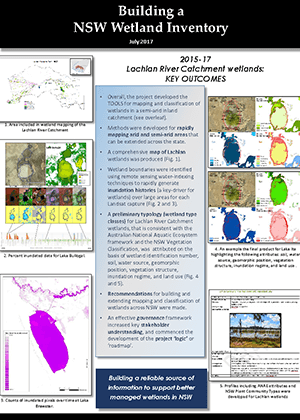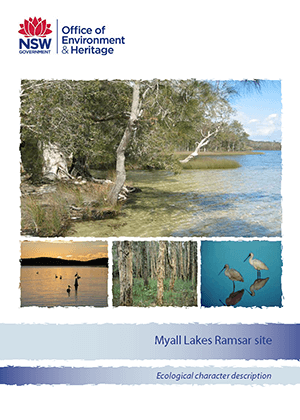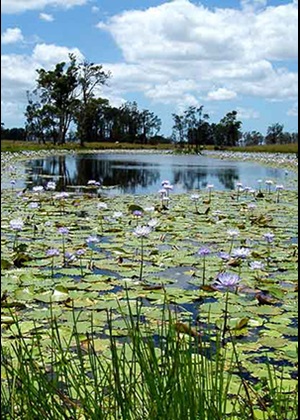Lakebed cropping is a form of farming on lakes in the Murray-Darling basin and elsewhere. Lakes are cropped when soil moisture levels are high after floodwaters recede or following rain.
In the last 50,000 years the lakes of the Murray-Darling Basin have gone through periods of prolonged inundation, as well as times of extreme dryness (Bowler 1990). Today, the lakes of the Murray-Darling Basin flood for months to years and then stay dry for months to decades before reflooding. Water regimes in lakes in the Western Division of New South Wales are classified as dry or mainly dry, intermittently, and permanently flooded (Seddon et al. 1997). Salinities range from fresh to salt. Twelve percent (70 out of 567) of lakes in the Western Division of New South Wales which are over 100 ha in area are cropped. Lakes most commonly cropped are the intermittently flooded, fresh, riverine category; 25 percent of these lakes larger than 100 ha on the Western Division of New South Wales are cropped (Seddon et al. 1997). The ecological interest and economic value of such lakes lie in their dual, wet/dry nature.

